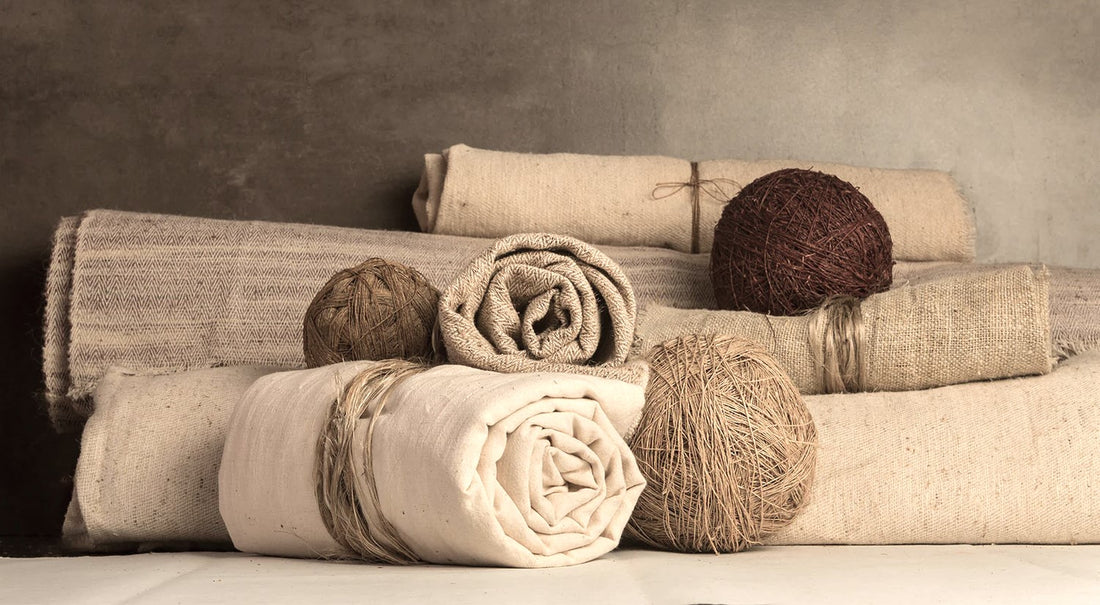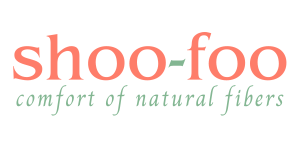
The Truth about Hemp!
SHOO-FOO TeamShare
Have you heard of hemp fabric? It is one of the most sustainable and versatile materials out there. Hemp fabric has been used for thousands of years, and for good reason. It offers a range of eco-friendly benefits, as well as quality and comfort for the user.
Origin of Hemp Fabric
Hemp is a type of cannabis plant that has been cultivated for thousands of years. It was first grown in Central Asia, and has been used for a wide variety of purposes, including clothing, paper, and building materials. In fact, some of the oldest surviving pieces of paper were made from hemp in China, more than 2000 years ago (150 BCE).
More than 10,000 years ago (8,000 BCE), hemp is one of the first cultivated crops in Asia. Villagers in ancient Mesopotamia use hemp cord in their pottery. Throughout the next few thousand years, hemp seeds and oil are consumed as food in ancient China, and hemp is used to make textiles throughout China and modern-day Turkestan.
We must wait until Circa 1,200 BCE to see Hemp spread across the ancient world and reach Europe.
Closer to home, several Native American nations cultivated and used hemp on a daily basis thousands of years before the arrival of Europeans. They used hemp to make textiles, ropes, baskets, etc. For example, the Navajo people of the southwestern United States used hemp fiber to create sandals and belts. The Iroquois of the northeastern United States and Canada used it to build twine, fishing nets, and fishing tools.
Then, from the 1600s, the first European settlers also used hemp for its oil, and also to weave clothing, sailcloth and rope.
Today, Canadian, and American farmers grow industrial hemp to produce healthy food such as hemp butter, hemp seed oil for cooking, cereal and granola bars, as well as environmentally friendly products, including paper, clothing, home linens, bio composites and sustainable building materials.
What is Hemp Fabric?
Hemp fabric is a type of textile that is made using fibers from the stalks of the Cannabis sativa plant. This plant has been recognized as a source of extraordinarily tensile and durable textile fibers for millennia.
The fibers are harvested from the stalk of the hemp plant. Then, like the production of cotton or flax linen, the fibers are processed to remove the outer bark and other impurities. The remaining fibers are spun into thread, which can be woven into a variety of fabrics.
The stalks of the hemp plant consist of two layers: The outer layer is formed from sturdy bast fibers, and the inner layer consists of a woody marrow. Only the outer layer of the Cannabis sativa stalk is used for textile purposes; the inner, woody layer is commonly used for fuel, building materials (did you know that Henry Ford first car prototype was built from hemp canvas grown on his own land?), and animal bedding.
Eco Sustainable Benefits of Hemp Fabric
Hemp fabric is one of the most eco-friendly materials out there, and for good reason. Here are just a few of the many benefits of using hemp fabric:
- SUSTAINABLE:
Hemp is a highly sustainable crop, requiring very little water or fertilizer to grow. It is also naturally pest-resistant, which means that it does not require harmful pesticides or herbicides to grow.
- BIODEGRADABLE:
Hemp willl break down naturally over time and reintegrate the soil. In comparison, synthetic fabrics such as polyester can take hundreds of years to decompose.
- CARBON NEGATIVE:
Hemp plants absorb more carbon dioxide from the atmosphere than most other crops, making them a carbon-negative crop. This means that they help reduce the amount of greenhouse gases in the atmosphere.
- DURABLE:
Hemp fabric is extremely durable and long-lasting, making it a great choice for clothing (but not for fast fashion!), upholstery, bed linens and curtains including shower curtains. It is resistant to wear and tear, as well as to mold, mildew, and UV rays.
- VERSATILE:
Hemp yarns can be blended with other fibers to create different textures and properties, making it a versatile material. We love it when woven as hemp bedding.
Hemp, a comfortable Fabric
Once processed into fabric, hemp has a similar texture to cotton, although it feels somewhat like canvas. Hemp fabric doesn’t shrink, and it is highly resistant to pilling and it is impressively durable. While a typical cotton T-shirt lasts 10 years at the most, a hemp T-shirt may last double or triple that time. Some estimates suggest that hemp fabric is three times stronger than cotton fabric.
Here are just a few of the reasons why you might want to choose hemp fabric for your next clothing or textile purchase:
- COMFORT:
Hemp fabric is breathable, making it comfortable to wear. It has a natural ability to wick away moisture, which helps to keep you cool and dry.
- ANTI-BACTERIAL:
Hemp fabric resists to mold, mildew, and other harmful microbes. One of the best uses of a good quality hemp canvas textile is hemp shower curtain. It repels the water naturally without the need for a vinyl liner.
- HYPOALLERGENIC:
Hemp fabric is naturally hypoallergenic. It is less likely to cause skin irritation or allergic reactions than synthetic fabric. Also a good choice for facial washcloths.
- UV PROTECTION:
Hemp fabric has natural UV-blocking properties. If you live in a very hot and sunny country, hemp fabric can help protect your skin from the effects of the sun.
- STYLE:
Hemp fabric has a unique look and texture that can add a touch of style to any outfit or home decor. It has a natural, earthy feel that is both rustic and modern. Hemp fabric softens with each washing.
A Fabric to Re-Discover
As you see, hemp fabric is a highly sustainable and versatile material that has been used for thousands of years. It offers a range of eco-friendly benefits, as well as quality and comfort for the user. Whether you're looking for clothing, bedding, upholstery, or hemp shower curtains, hemp fabric is a great choice.
Discover few products made from hemp today.

